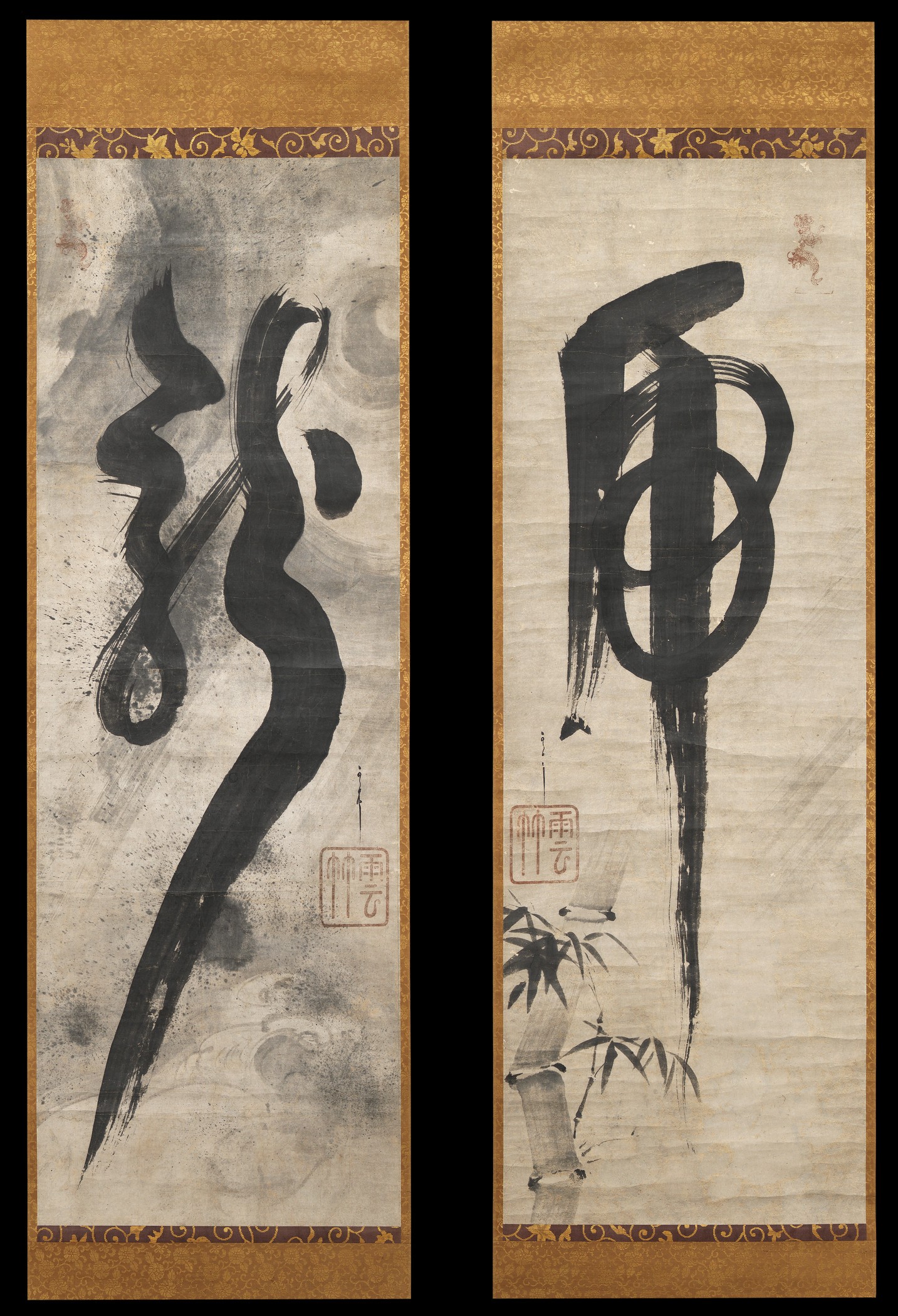Chris Burden's Metropolis II is an intense kinetic sculpture, modeled…
Perhaps the most dominant art form of the last 100 years, film has an important…
Tuesday Matinees
Enjoy concerts featuring leading international and local ensembles in programs o…
Art & Music,Jazz at LACMA,Latin Sounds
LACMA offers in-person art classes for kids, teens, and adults, allowing you to…
Random International’s Rain Room (2012) is an immersive environment of…
Rain Room
Artist Robert Irwin’s work in the last five decades has investigated perception…
Barbara Kruger’s Untitled (Shafted) features her distinctive use of advertising…
Band (2006) may qualify as Richard Serra's magnum opus, representing the fullest…
LACMA’s Modern Art collection features primarily European and American art from…
LACMA’s Acquisitions Group and Art Council members share a deep affinity for the…
Art Councils,Acquisition Groups,Art of the Middle East: CONTEMPORARY,Asian Art Council,Costume Council,Decorative Arts and Design Council,LENS: Photography Council,Modern and Contemporary Art Council,Prints and Drawings Council
Welcome to the employment page of the Los Angeles County Museum of Art. To see a…
Jobs,Careers,Internships,Volunteer
Join museum educators, artists, curators, and experts for artist talks, gallery…
Create+Collaborate
In Golden Hour, over 70 artists and three photography collectives offer an aesth…
Established in 1967, the Conservation Center at LACMA supports the museum’s comm…
painting conservation,paper conservation,object conservation,textile conservation,conservation science,conservation imaging
Barbara Kruger: Thinking of You. I Mean Me. I Mean You. is a major exhibition de…
Featuring Ai Weiwei, Huang Yong Ping, Wang Guangyi, Xu Bing, Yue Minjun and more…
Beyond the concrete materials of ink and paper, there is an intangible spirit un…
To complement the presentation of The Obama Portraits by Kehinde Wiley and Amy S…
From the moment of their unveiling at the Smithsonian’s National Portrait Galler…
(Los Angeles, CA—January 13, 2022) – The Los Angeles County Museum of Art (LACMA…
(Los Angeles, CA—December 14, 2021) The Los Angeles County Museum of Art (LACMA)…
Mixpantli: Contemporary Echoes showcases the lasting impact of Indigenous creati…
LACMA marks the 500th anniversary of the fall of the Aztec capital Tenochtitlan…
Since the mid-20th century, California has been a beacon of both inventive desig…
Revealing insights about family life and the quotidian in the 21st century, Fami…
One of the most significant contributors to fashion between 1990 and 2010, Lee A…
Comprising approximately 400 works, including an unprecedented number of loans f…
Archive of the World: Art and Imagination in Spanish America, 1500–1800 is the f…
Scandinavian Design and the United States, 1890–1980 is the first exhibition to…
In the work of American artist Sam Francis (1923–1994), Western and Eastern aest…
